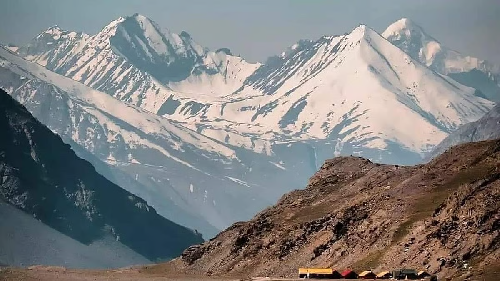Himachal Pradesh’s remote Spiti Valley has achieved a monumental international honour, officially being designated as India’s First Cold Desert Biosphere Reserve under UNESCO’s prestigious Man and the Biosphere (MAB) Programme.
The landmark announcement was formalised during the 37th session of UNESCO’s International Coordinating Council of the MAB Programme, which took place in Hangzhou, China, from September 26-28, 2025.
The inclusion of the Cold Desert Biosphere Reserve into the World Network of Biosphere Reserves (WNBR) is a major boost for conservation efforts in the fragile Trans-Himalayan region. The new reserve, covering a vast expanse of 7,770 square kilometres across the Lahaul-Spiti district, brings India’s total number of UNESCO-recognised biosphere sites to 13.
The area is unique, representing one of the coldest and driest ecosystems in the world network, with altitudes ranging from 3,300 to 6,600 metres.
The Spiti Cold Desert is a biodiversity hotspot adapted to extreme conditions. It serves as the primary habitat for the iconic Snow Leopard, which is supported by a strong prey base including the Himalayan Ibex and Blue Sheep. The reserve also integrates important protected areas such as Pin Valley National Park, Kibber Wildlife Sanctuary, and Chandratal Wetland.
Crucially, the recognition highlights the role of the local community. Approximately 12,000 inhabitants live in the area’s transition zone, continuing their centuries-old practices of agro-pastoralism, yak herding, and traditional Tibetan herbal medicine (Sowa Rigpa), demonstrating a rare harmony between human life and a harsh alpine environment.
Himachal Pradesh Chief Minister Sukhvinder Singh Sukhu lauded the achievement, stating, “This recognition firmly places Himachal’s cold deserts on the global conservation map. It will enhance international research collaboration, promote responsible eco-tourism to support local livelihoods, and strengthen our efforts to build climate resilience in the fragile Himalayan ecosystems.”
Experts anticipate that the UNESCO status will open doors for global research and sustainable development funding, ensuring the protection of this unique cultural and natural heritage for future generations.







